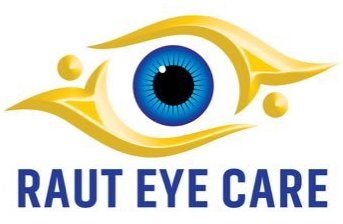The field of ophthalmology has witnessed remarkable advancements over the years, revolutionizing the way various eye conditions are treated. One such groundbreaking development is Endothelial Keratoplasty (EK), a surgical technique that has transformed the landscape of corneal transplantation. EK specifically targets the endothelial layer of the cornea, offering enhanced visual outcomes, quicker recovery, and reduced risk of complications compared to traditional full-thickness corneal transplants.
Understanding Endothelial Keratoplasty (EK)
The cornea, the transparent front surface of the eye, plays a critical role in vision by focusing light onto the retina. The endothelial cells are located on the innermost layer of the cornea and are responsible for maintaining its clarity by regulating the fluid balance. However, diseases like Fuchs' endothelial dystrophy and pseudophakic bullous keratopathy can lead to the dysfunction of these cells, resulting in corneal swelling, blurred vision, and even loss of vision.
Endothelial Keratoplasty encompasses a group of surgical procedures that specifically target the endothelial layer while preserving the healthy outer layers of the cornea. There are three primary types of EK:
Descemet's Stripping Automated Endothelial Keratoplasty (DSAEK): In this technique, a thin layer of endothelium and Descemet's membrane (a supportive layer) is removed and replaced with a similar layer from a donor cornea. This procedure requires a smaller incision and typically results in faster visual recovery compared to traditional full-thickness transplants.
Descemet's Membrane Endothelial Keratoplasty (DMEK): DMEK takes the procedure a step further by transplanting only the donor's Descemet's membrane and endothelium, without any additional stromal tissue. This ultra-thin transplantation provides exceptional visual outcomes, minimal refractive changes, and a reduced risk of graft rejection.
Ultra-Thin Descemet's Stripping Automated Endothelial Keratoplasty (UT-DSAEK): A modification of DSAEK, UT-DSAEK involves the use of thinner grafts, which can lead to even quicker recovery times and improved visual results.
Advantages of EK over Traditional Full-Thickness Transplants
Endothelial Keratoplasty has gained immense popularity due to its numerous advantages over traditional full-thickness corneal transplants, also known as penetrating keratoplasty (PK). Some of the key benefits include:
Rapid Visual Recovery: Patients undergoing EK often experience faster visual recovery due to the preservation of the majority of healthy corneal tissue. This is in contrast to PK, where a larger incision and longer healing time can delay vision improvement.
Reduced Risk of Graft Rejection: EK procedures involve transplanting only a specific layer of the cornea, reducing the risk of graft rejection since fewer antigens are introduced to the recipient's immune system.
Better Corneal Integrity: The structural integrity of the cornea is better maintained with EK techniques, leading to reduced risk of wound-related complications and astigmatism.
Minimal Suture Use: EK procedures often require fewer or no sutures, further decreasing the risk of suture-related issues and improving the overall surgical outcome.
Enhanced Visual Quality: With the selective transplantation of the endothelial layer, EK provides excellent visual outcomes, including improved contrast sensitivity and reduced higher-order aberrations.
Challenges and Considerations
While EK techniques have revolutionized corneal transplantation, there are still certain challenges and considerations:
Technical Expertise: EK procedures are more delicate and demand a higher level of surgical expertise compared to traditional PK.
Donor Tissue Availability: Availability of suitable donor tissue with healthy endothelial cells can sometimes be a limiting factor.
Cost: EK procedures can be more expensive than traditional transplants due to the additional resources required for tissue preparation and surgical techniques.

